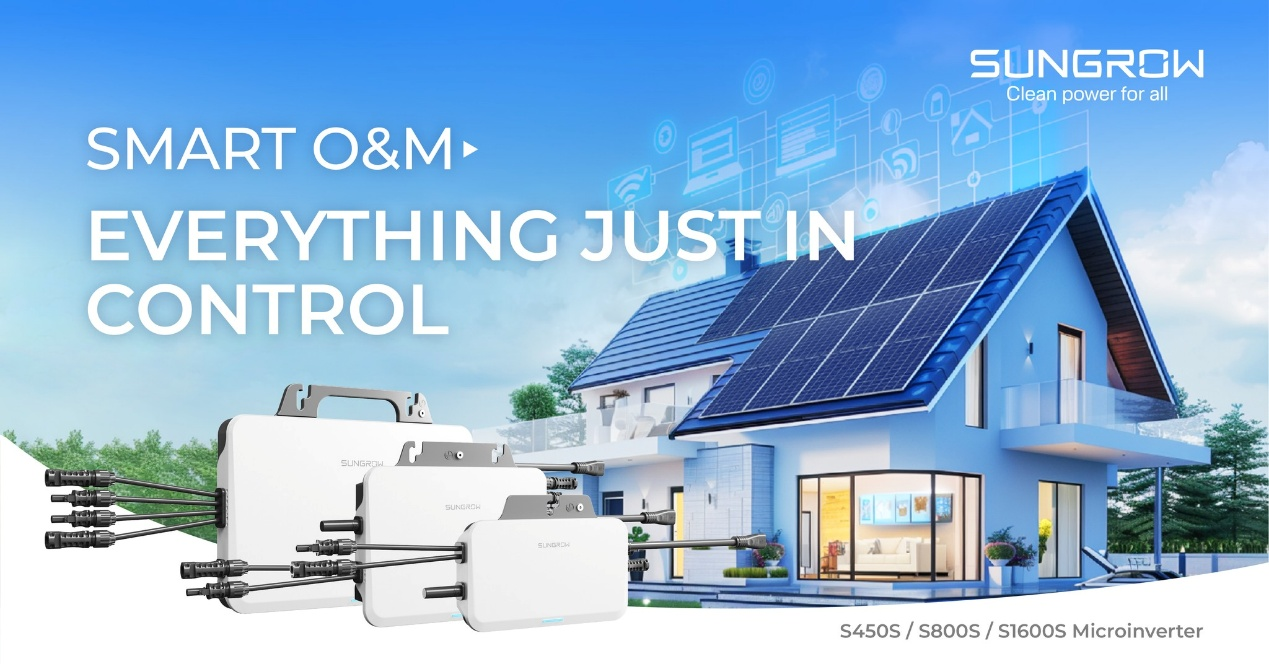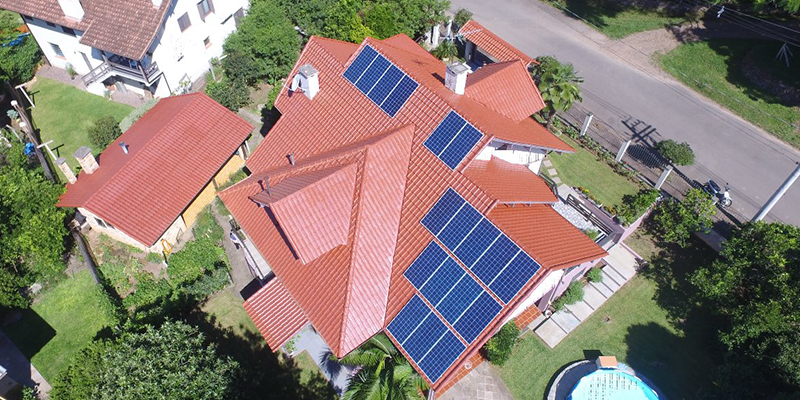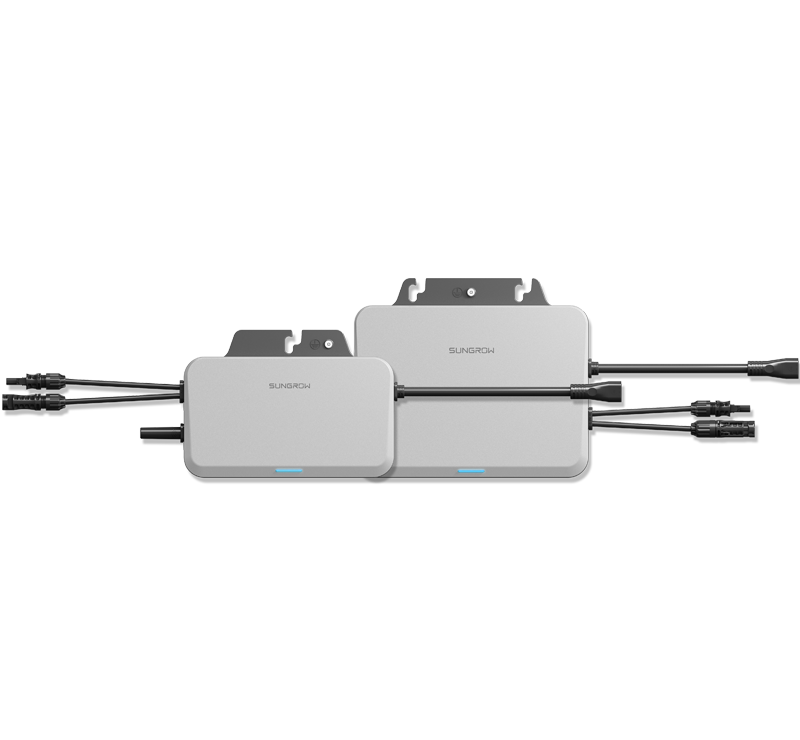As solar energy gains popularity worldwide, technological advancements have made systems more efficient and reliable. A key innovation is the solar microinverter, a device that converts direct current (DC) from solar panels into alternating current (AC) for household use. Unlike traditional inverters, microinverters operate on smaller groups of panels, making them a popular choice in modern solar systems.

How Microinverters Work
Microinverters are small devices installed directly on individual solar panels. They perform DC-to-AC conversion at the panel level. This contrasts with string inverters, which process the output of multiple panels collectively at a central location.
By decentralizing energy conversion, microinverters eliminate performance issues caused by shaded or malfunctioning panels. They maximize efficiency and control in solar energy systems, making them ideal for installations where panels might face variable conditions, such as partial shading or different orientations.
Advantages of Microinverters
1. Individual Panel Optimization
Each panel operates independently with a microinverter. Shading, debris, or damage to one panel does not affect the performance of the rest of the system.
2. Increased Efficiency
Microinverters ensure maximum energy output, even in less-than-ideal conditions. They are particularly effective for installations in areas with trees, chimneys, or other obstructions.
3. Scalability
Expanding a system is straightforward. Homeowners can add more panels without worrying about compatibility or string inverter capacity limits.
4. Enhanced Monitoring
Microinverters allow real-time performance monitoring for each panel. Users can identify and resolve issues quickly, ensuring minimal downtime.
5. Improved Safety
Since microinverters operate at a lower voltage, they are safer to install and maintain. The reduced risk of electrical arcs or shock makes them a reliable choice for residential systems.

Key Considerations for Choosing Microinverters
When deciding whether microinverters are the right choice, consider the following:
System Size: Larger systems may benefit from the scalability and optimization of microinverters.
Location: Installations in areas with shading or varying sun exposure will perform better with microinverters.
Budget: While the initial cost is higher, long-term efficiency gains may offset the investment.
Maintenance: Evaluate the ease of servicing and replacement, especially in remote or complex installations.

Sungrow S450S/S800S/S1600S Series Microinverters
The Sungrow S450S/S800S/S1600S Series Microinverters stands out in the market due to its innovative design and robust features:
High Yield: The S450S/S800S/S1600S deliver consistent, high energy output thanks to advanced heat dissipation technology. Their rear side is specially manufactured for enhanced thermal management, ensuring long operational life.
Smart Operations & Maintenance (O&M): Installation issues are easily identified using the S450S/S800S/S1600S's smart detection system. This feature simplifies troubleshooting and reduces system downtime.
Ease of Installation: These microinverters are designed for plug-and-play convenience. They feature DC MC4 terminals and AC busbar clamp terminals, with pre-assembled cables provided before delivery. The optimal cable length accommodates various scenarios, while one-click settings streamline configuration, making the installation process faster and more efficient.
Safety and Reliability: Safety is a priority with the S450S/S800S/S1600S. They eliminate the risks associated with high DC voltages and electrical arcs. Additionally, these devices are rated IP67, making them resistant to harsh environmental conditions, including dust and water.
By combining performance, safety, and user-friendly features, the S450S/S800S/S1600S are reliable choices for homeowners seeking to optimize their solar systems.
Conclusion
Solar microinverters are transforming the way we harness and manage solar energy. They offer unparalleled efficiency, safety, and flexibility compared to traditional string inverters. While the initial cost may be higher, the long-term benefits make them a worthwhile investment for many.
The Sungrow S450S/S800S/S1600S Microinverters are excellent examples of how innovation can address common challenges in solar energy systems. With its high yield, smart maintenance, and enhanced safety, it sets a new standard in the industry.